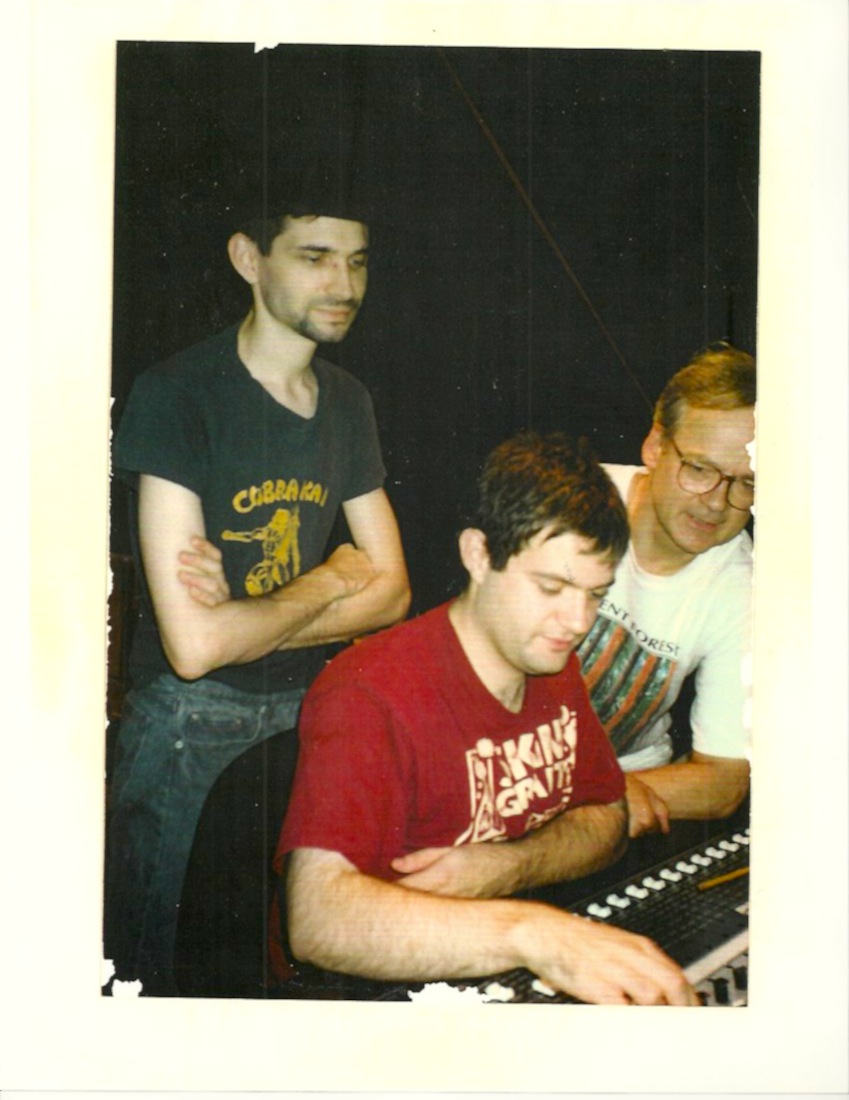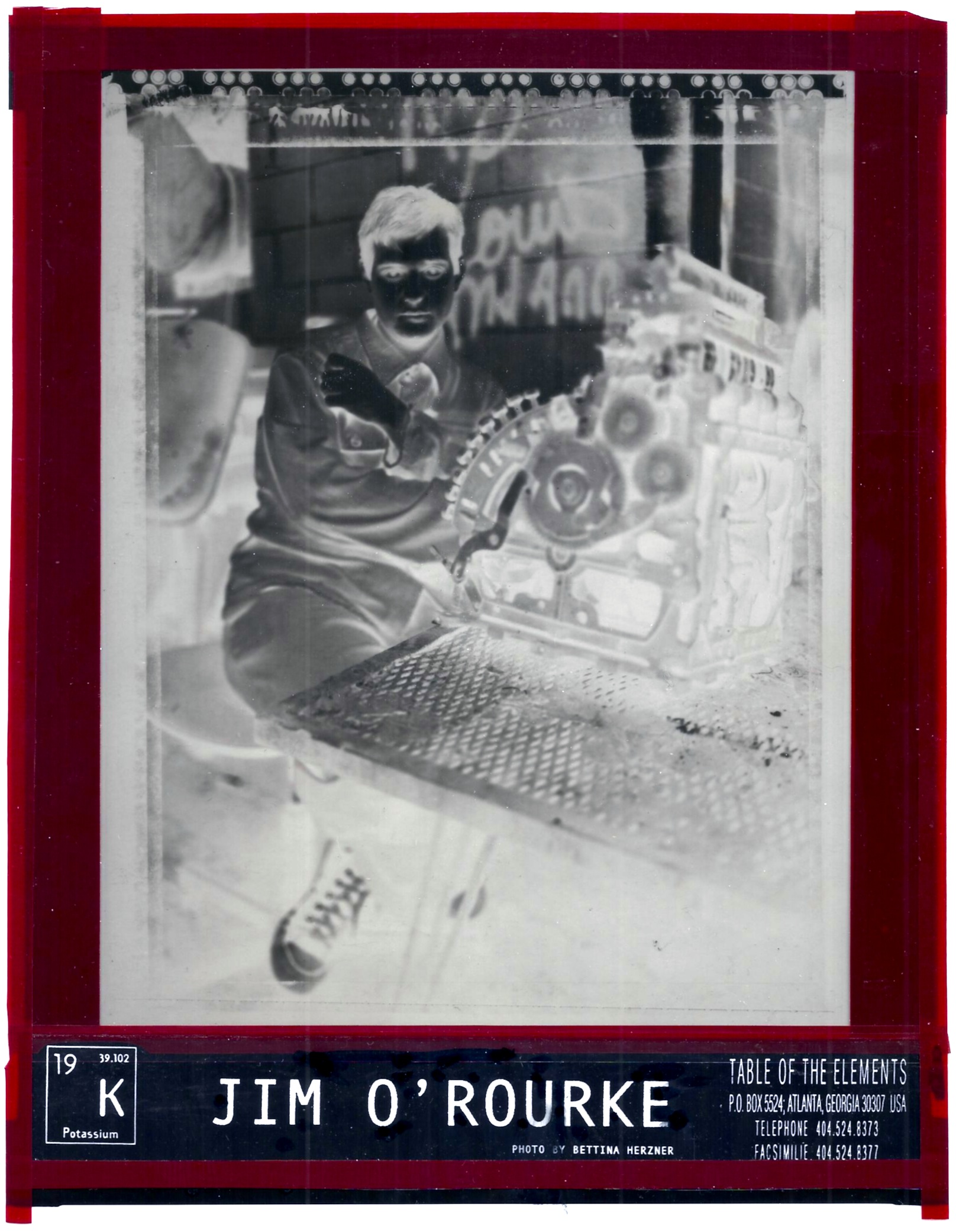
"We put chemicals in one end so our customers can get memories out the other."
― unidentified former Kodak employee
Photograph: Bettina Herzner, 1994
Contact negative from paper print, 8” x 10”
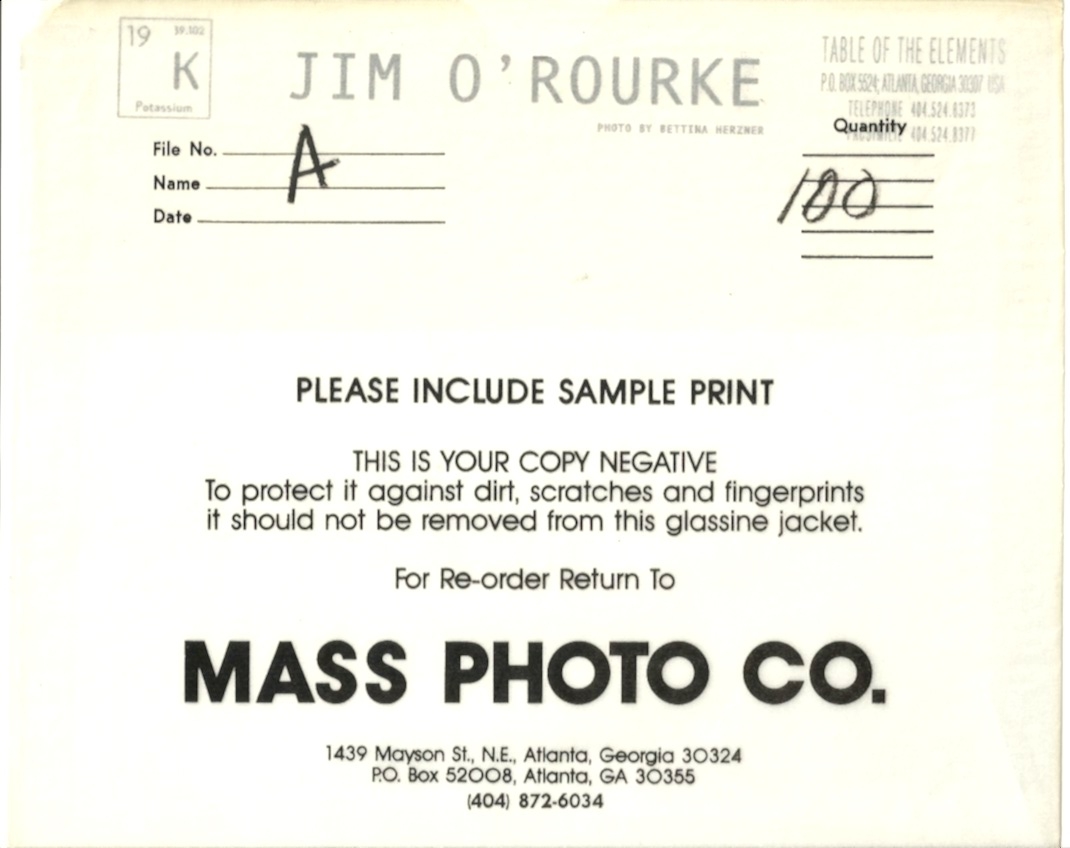
Production material, 1994
"We put chemicals in one end so our customers can get memories out the other."
― unidentified former Kodak employee
Glassine jacket for Jim O’Rourke
Production material, 8” x 10”
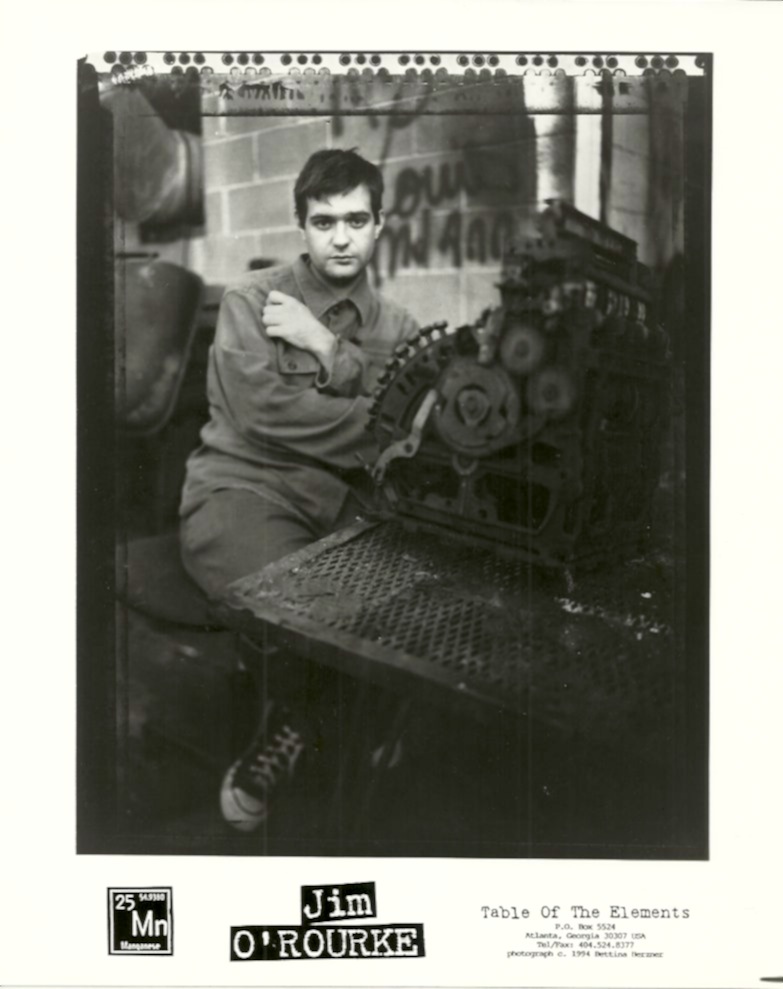
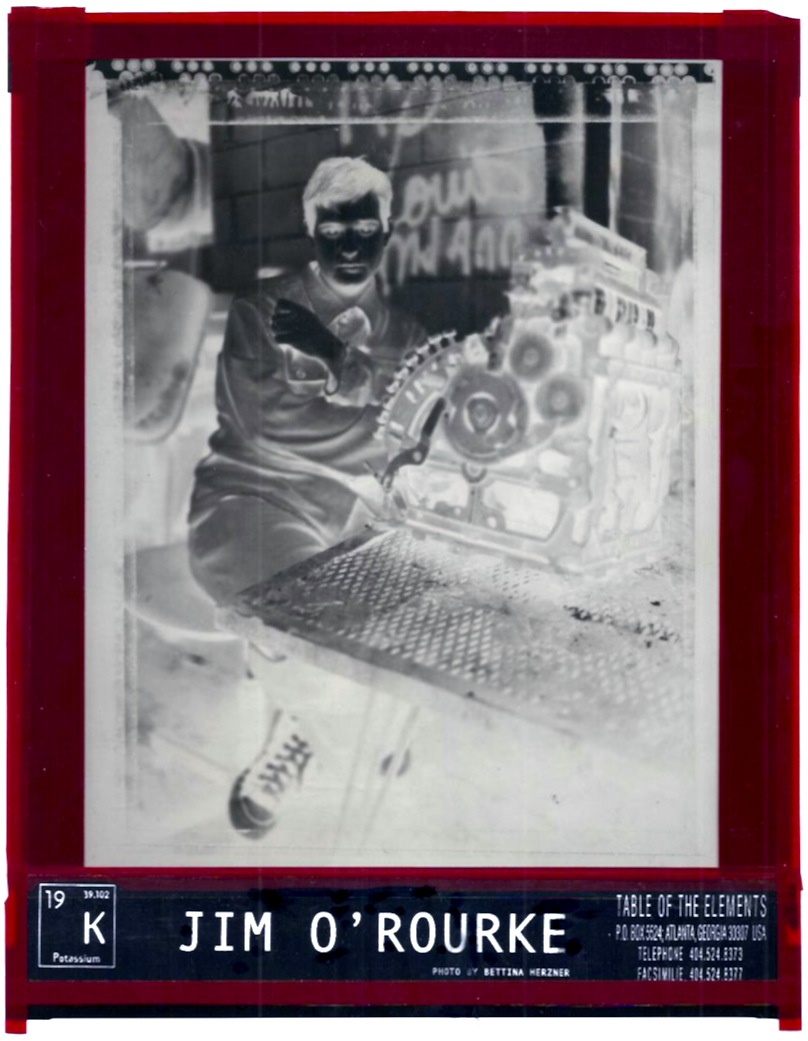
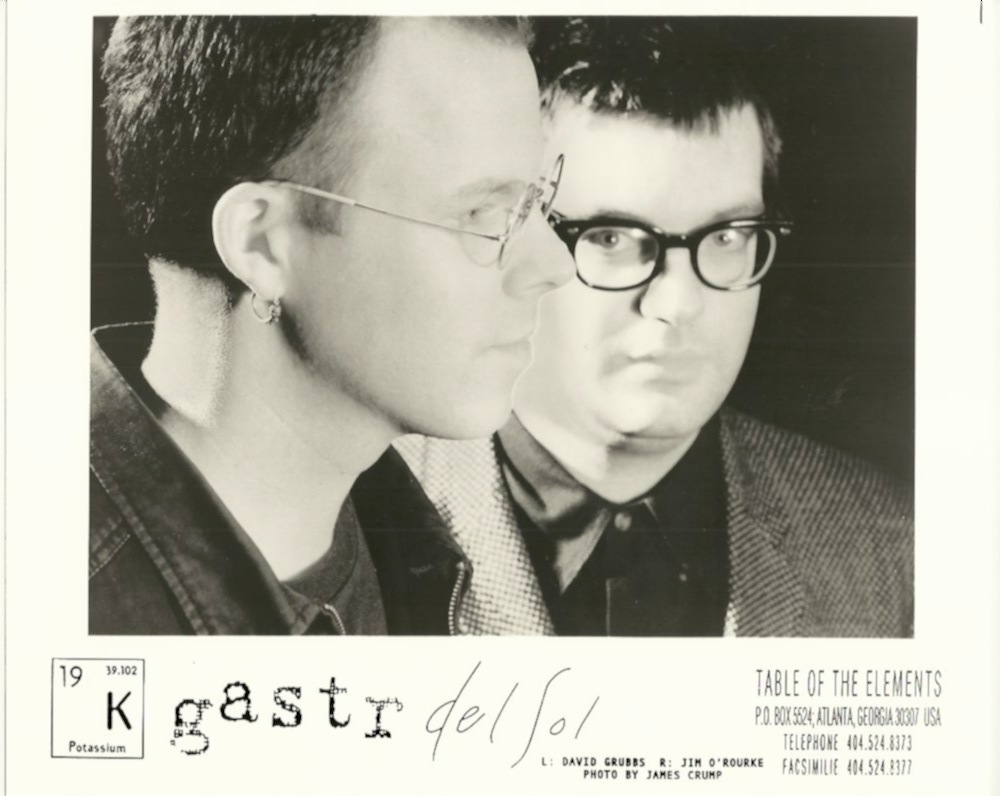
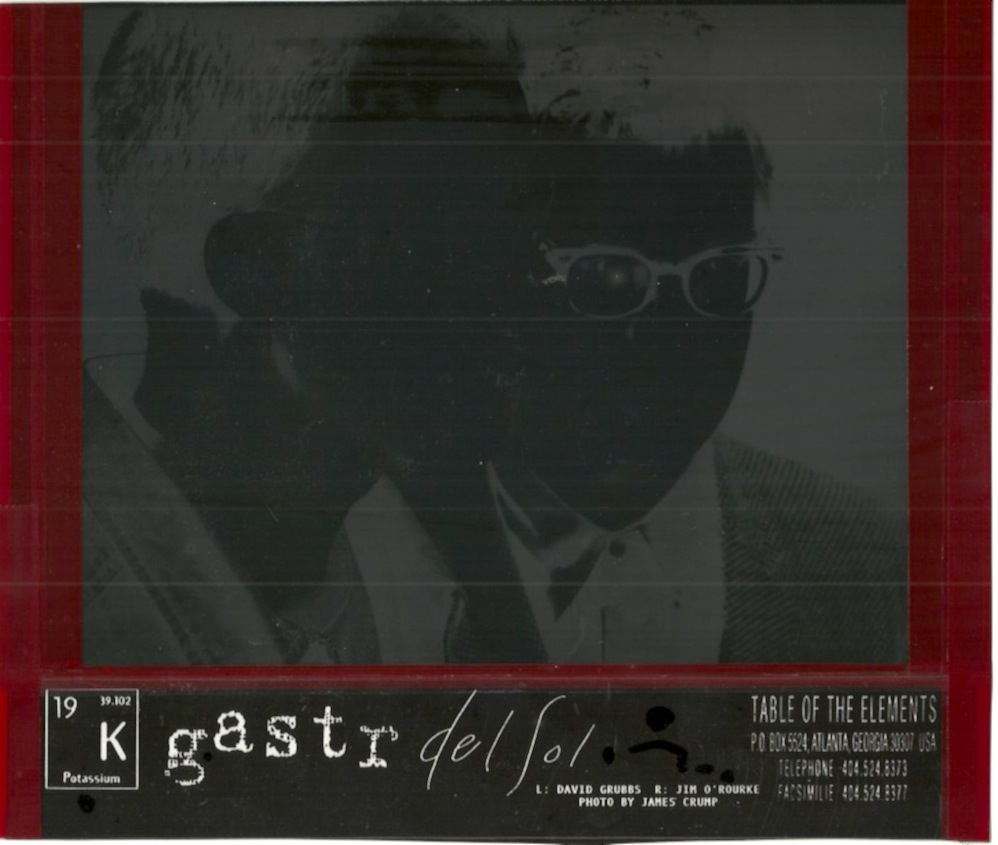
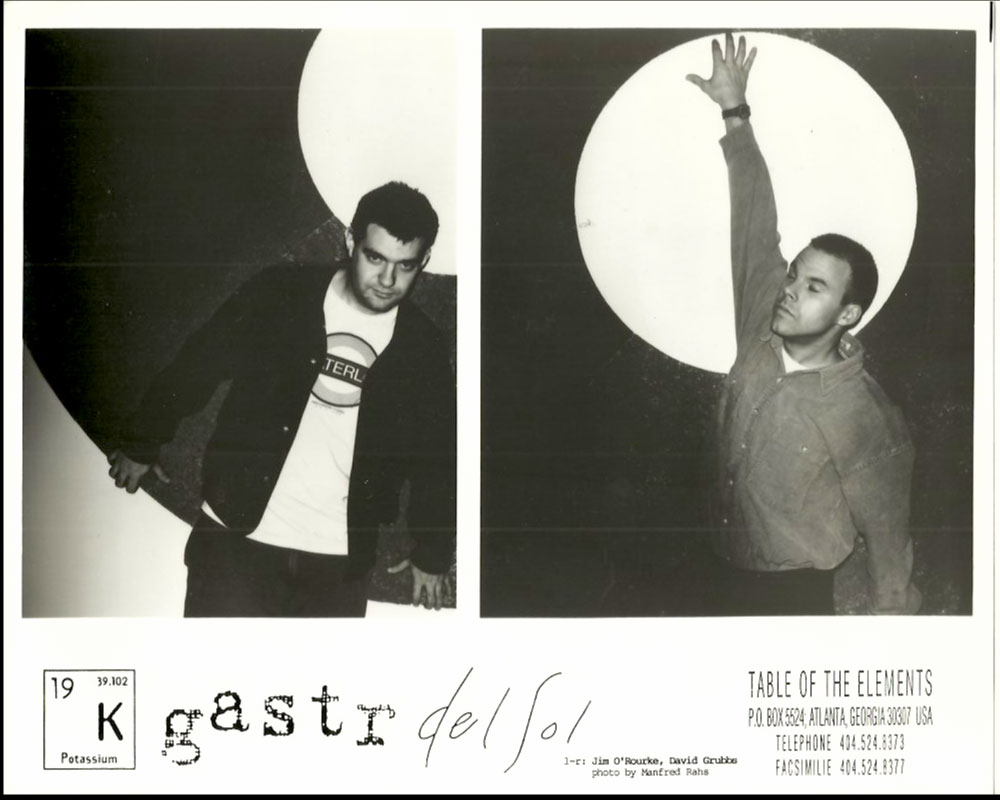
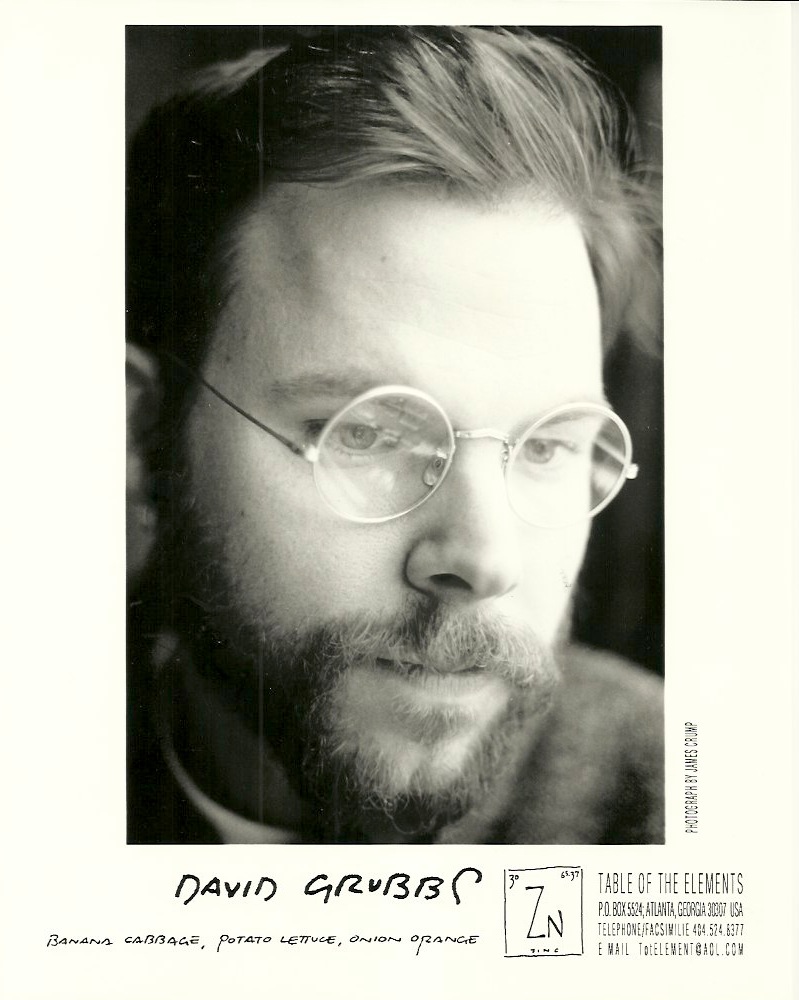
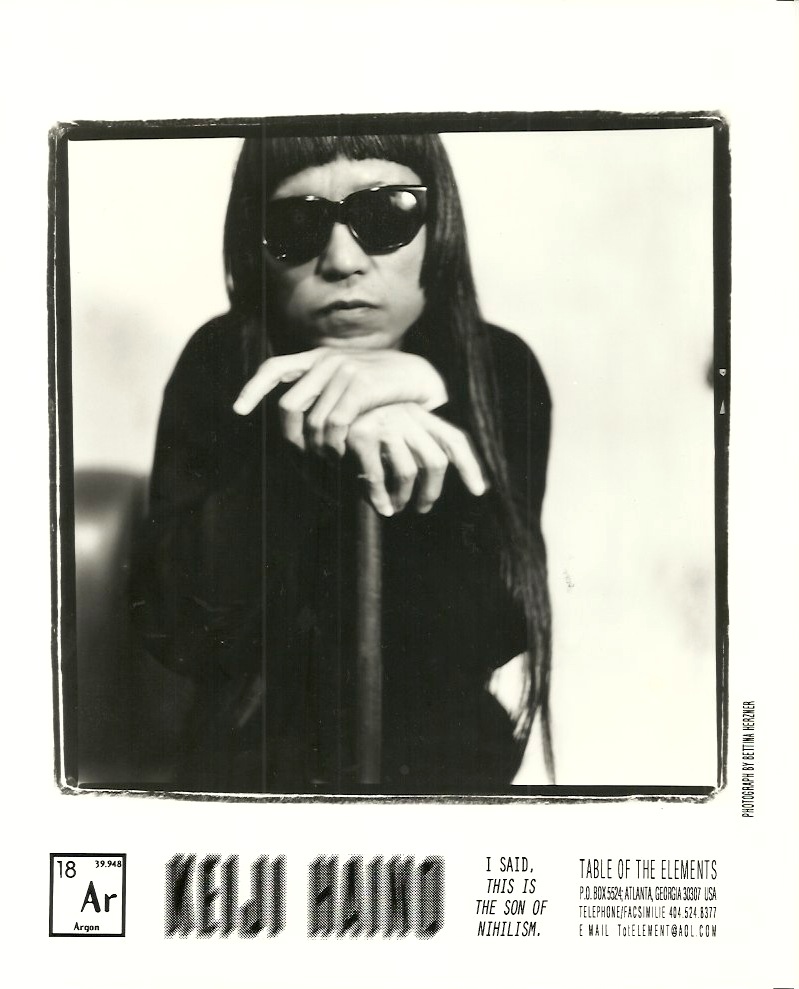
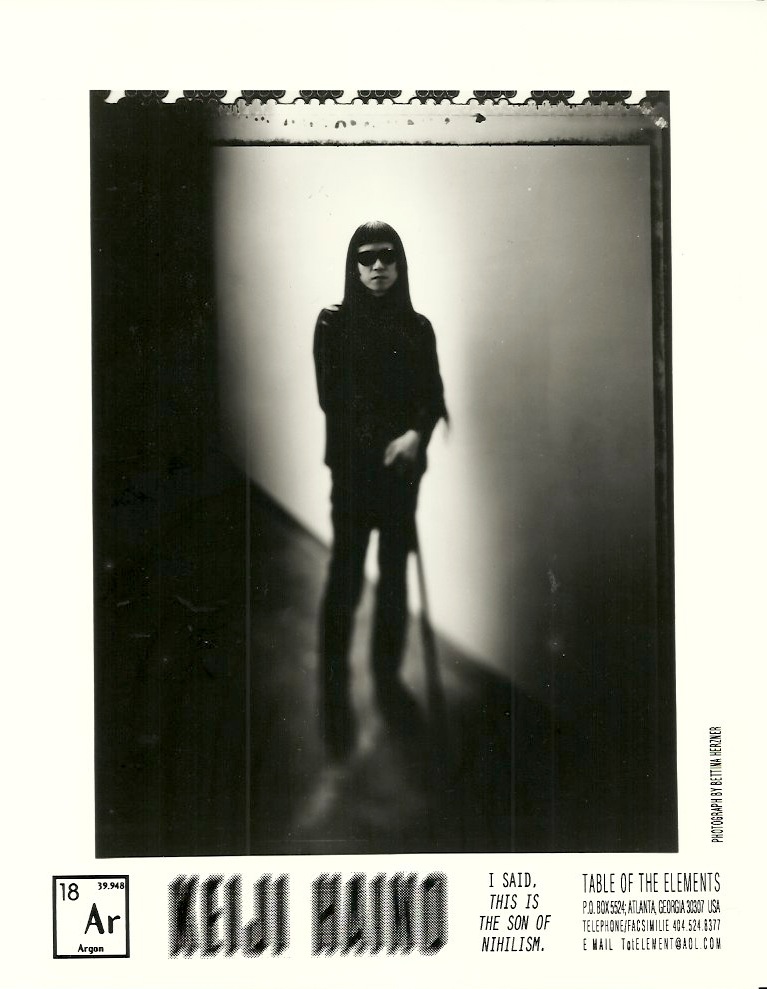
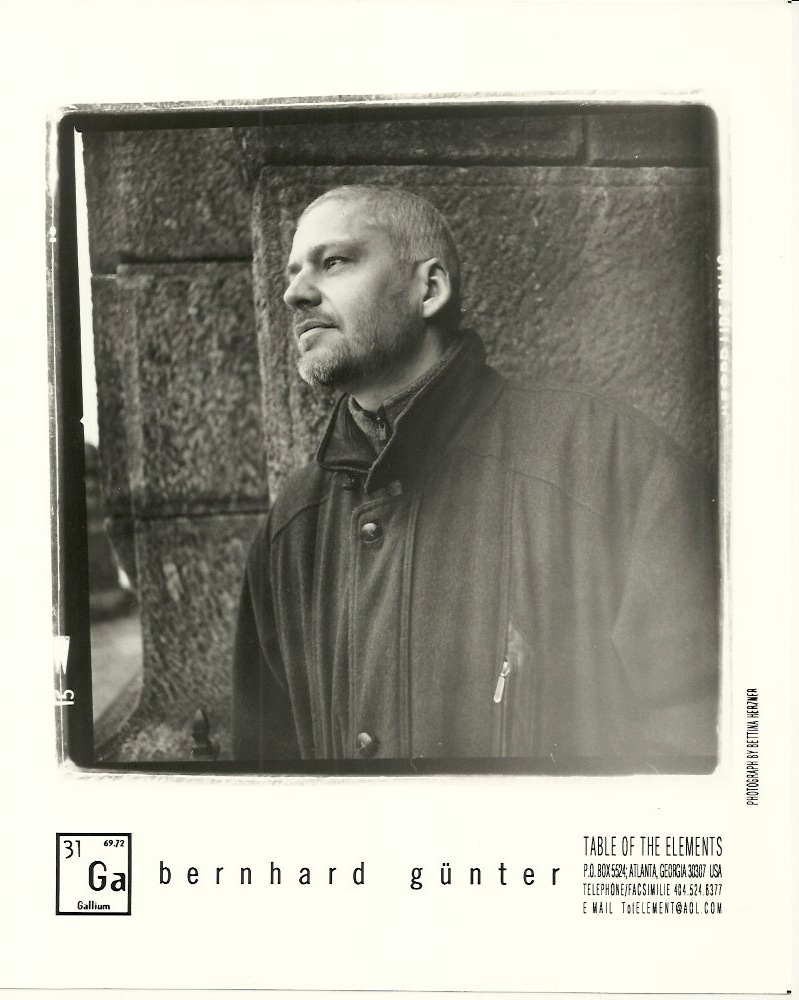
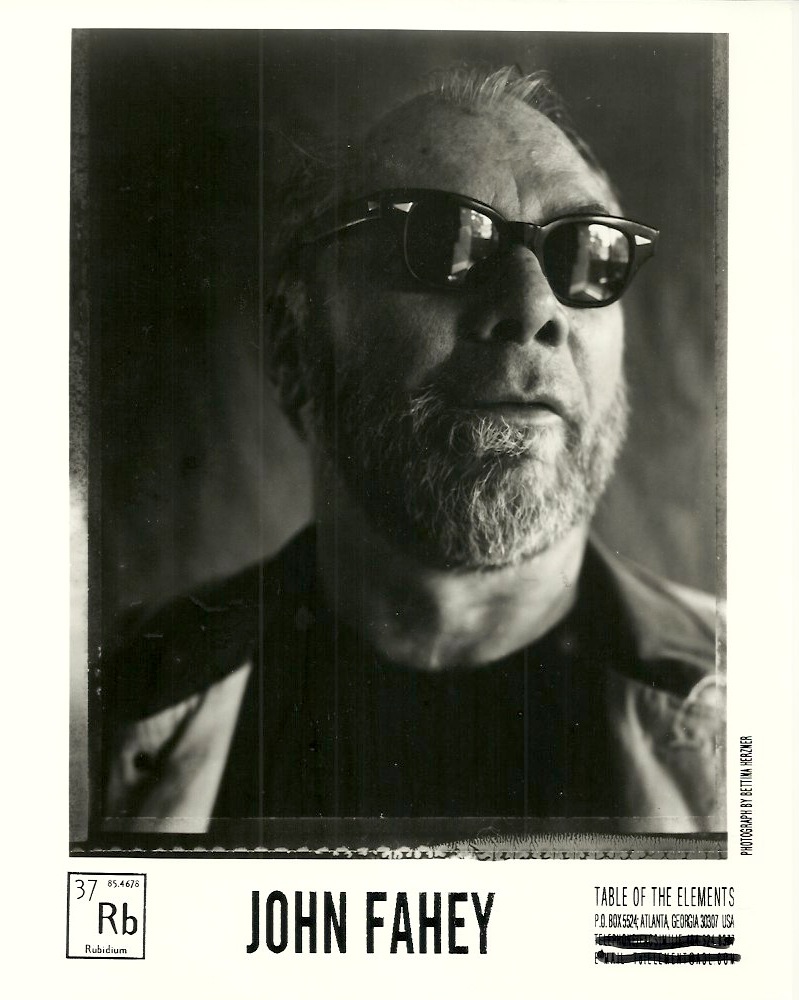
John Fahey, 1996
“Now that John Fahey, the Great Koonaklaster no longer walks among us, it may be possible to review this final period of his amazing trajectory with the requisite objectivity. There is no more New John anymore; no more Old John. There is only John Fahey—Immortal Motherf*cker of the 20th Century.
"And it's time for you to eat his dust.”
—Byron Coley
Photograph: Bettina Herzner, 1996
www.tableoftheelements.org
— with John Fahey.
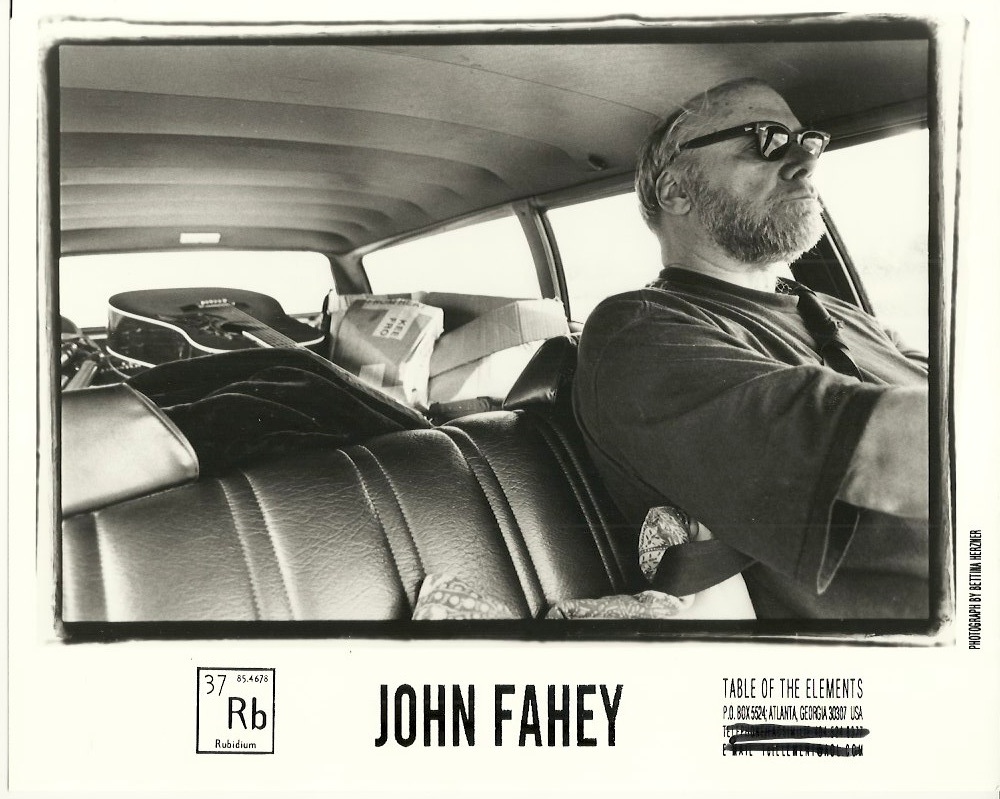
John Fahey, 1996
“Now that John Fahey, the Great Koonaklaster no longer walks among us, it may be possible to review this final period of his amazing trajectory with the requisite objectivity. There is no more New John anymore; no more Old John. There is only John Fahey—Immortal Motherf*cker of the 20th Century.
"And it's time for you to eat his dust.”
—Byron Coley
Photograph: Bettina Herzner, 1996
www.tableoftheelements.org

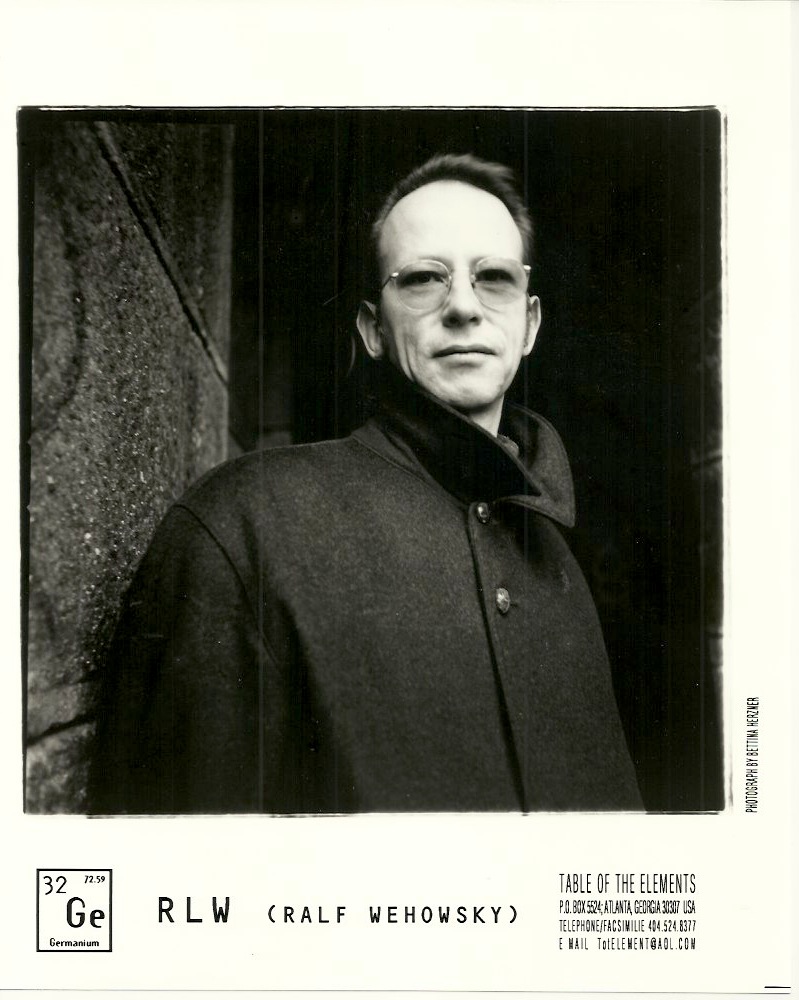

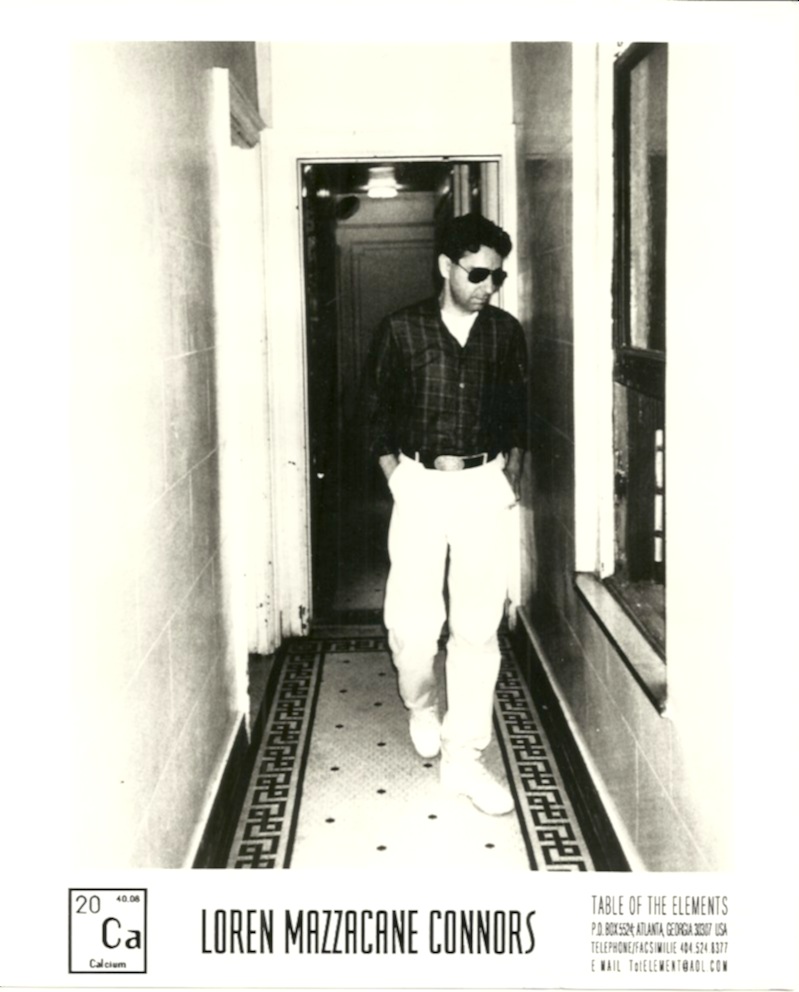
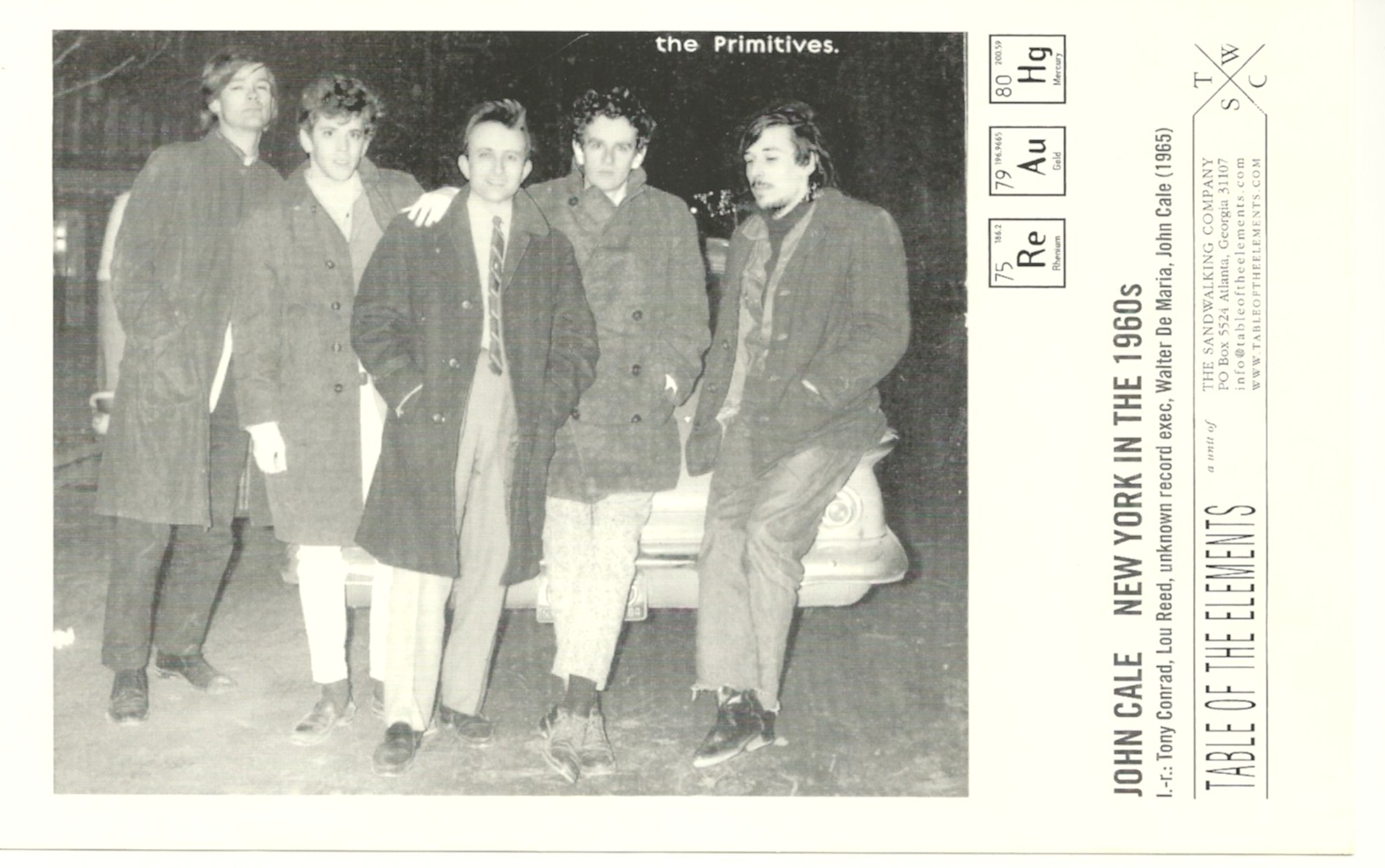
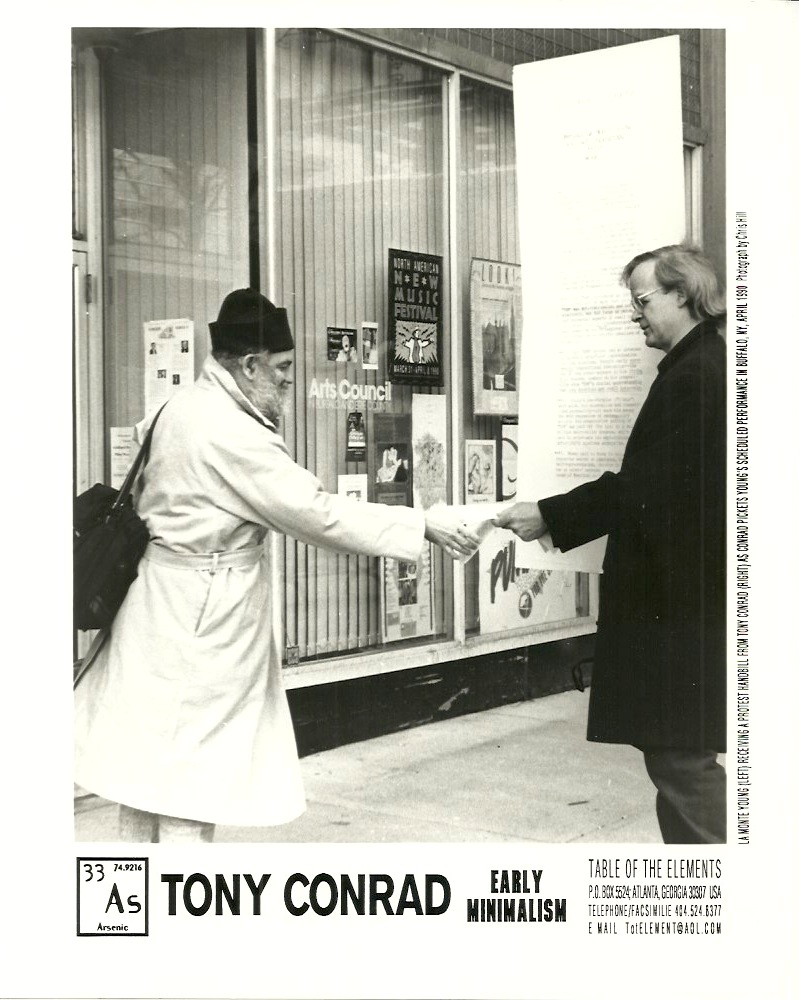
Tony Protests La Monte, 1990
Tony Conrad standing outside a concert by La Monte Young in Buffalo (Hallwalls) with a picket sign declaring “Composer La Monte Young does not understand ‘his’ work”, 1990.
COMPOSER LA MONTE YOUNG DOES NOT UNDERSTAND “HIS” WORK …
Tony Conrad / 1990
1. The “Theater of Eternal Music” (“TEM”) of 1964 was collaboratively founded - and was so named to deny the Eurocentric historical/progressive teleology then represented by the designation, composer.
2. Young is suppressing the recordings of “TEM,” which do not flatter him. He has specifically denied access by members of the collaboration (Tony Conrad, John Cale) to the collection of recordings for 25 years. Two members are already dead (Maclise, Jennings).
3. Young himself now ignorantly insists on the artistic demolition of this body of work by claiming that it is a series of “compositions” (by him).
4. The “TEM” introduced an influential preoccupation with just intonation. “TEM” was anti-rationalist and non-electronic, but did focus on perceptual and conceptual aspects of small intervals. Young himself misunderstands this development as neo-Pythagorean rationalism (after the scientific idealism of Helmholtz).
5. Each “TEM” member had an interest in carefully structured improvisation and long durations. Young’s early eurocentric compositional innovation - the use of long notes - appears in his String Trio. However, nowhere do his compositions show “TEM”’s crucial understanding that long durations are small intervals.
6. Young’s neo-Futurist (“Fluxus”) work aside, his Orientalism and romanticized personality-cult mark him among the most regressive of contemporary artists. His conservative gutting of “TEM” has paid off (for him) in a multimillion petro-dollar bonanza, which he uses to perpetuate his exploitative and artistically mindless enterprise.
7. Money paid to Young is valuable resources wasted on ignorance, false self-representation, service to Young’s ego at others’ expense, and a colonial image of American cultural expression.
YOUNG – OUT OF BUFFALO NOW!
www.tableoftheelements.org
